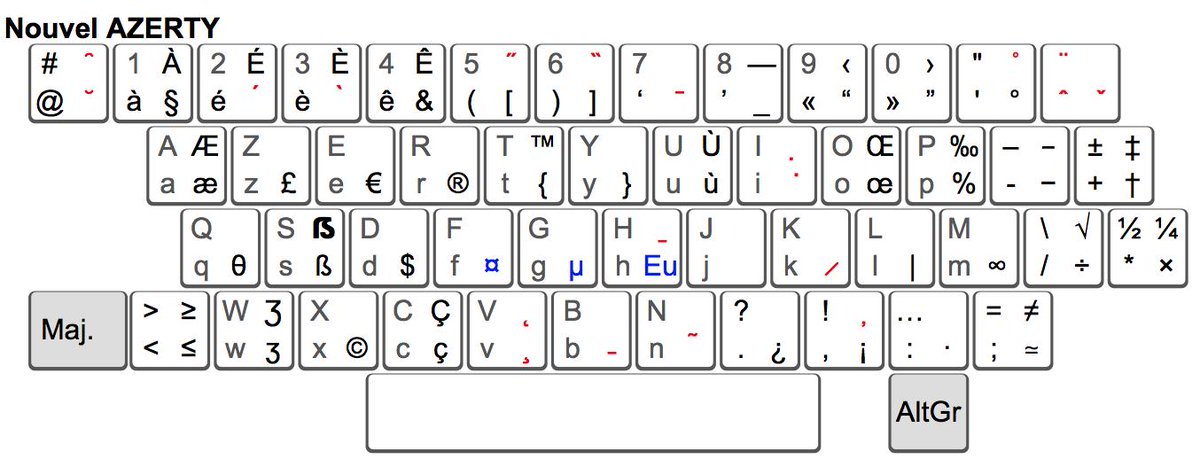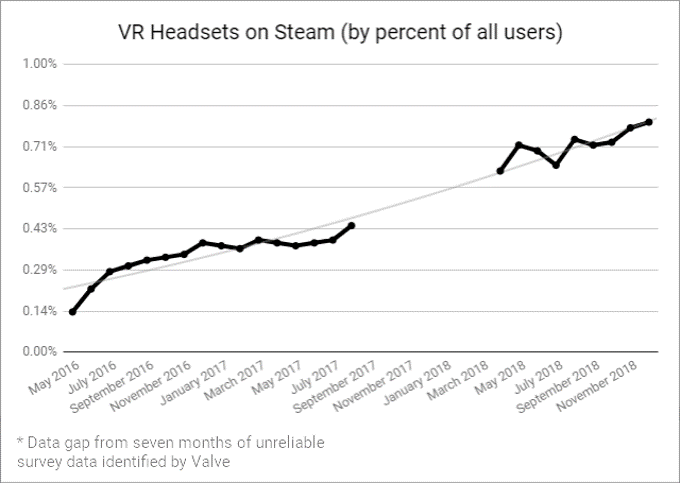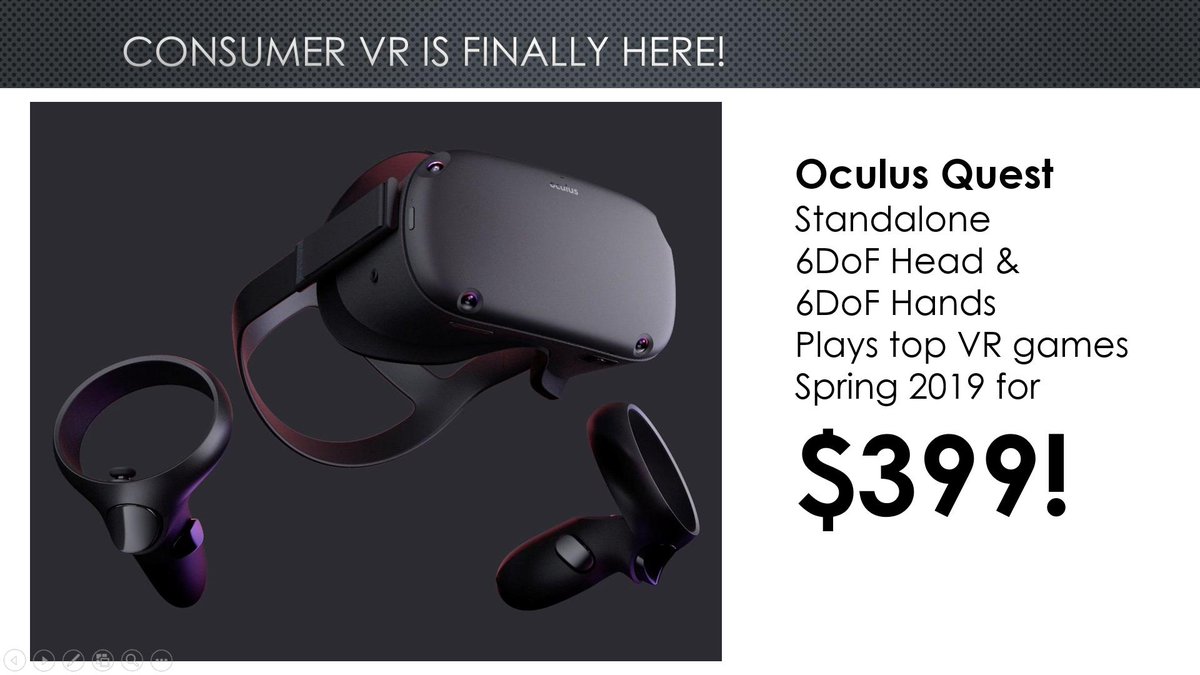HoloLens, Magic Leap, and Oculus: Mind-blowing videos, and the market is estimated to explode to $200 billion by 2025 (Statista). So what's wrong?
HCI research tells why we haven't seen a killer app yet: 1/22
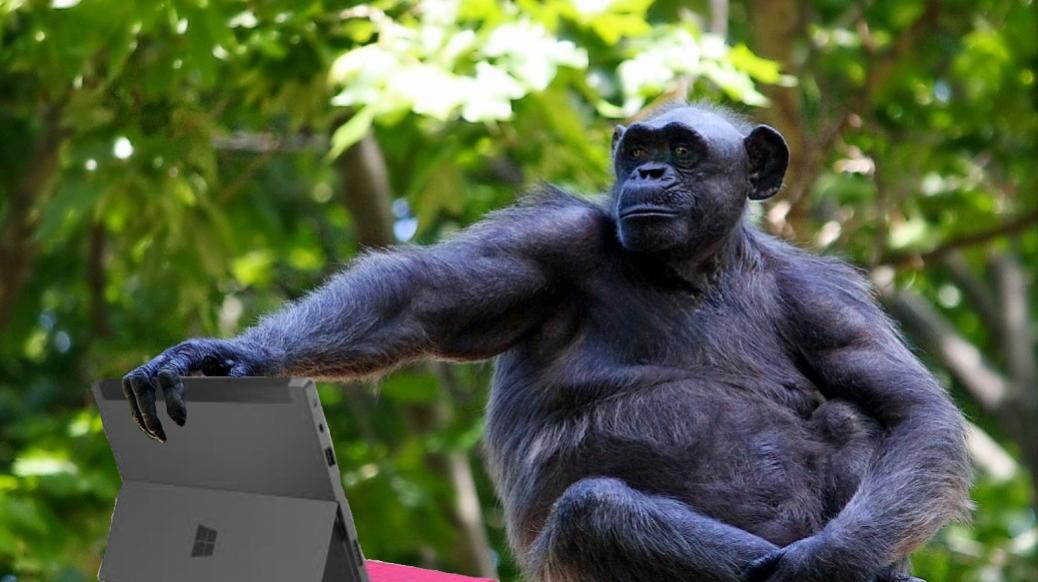
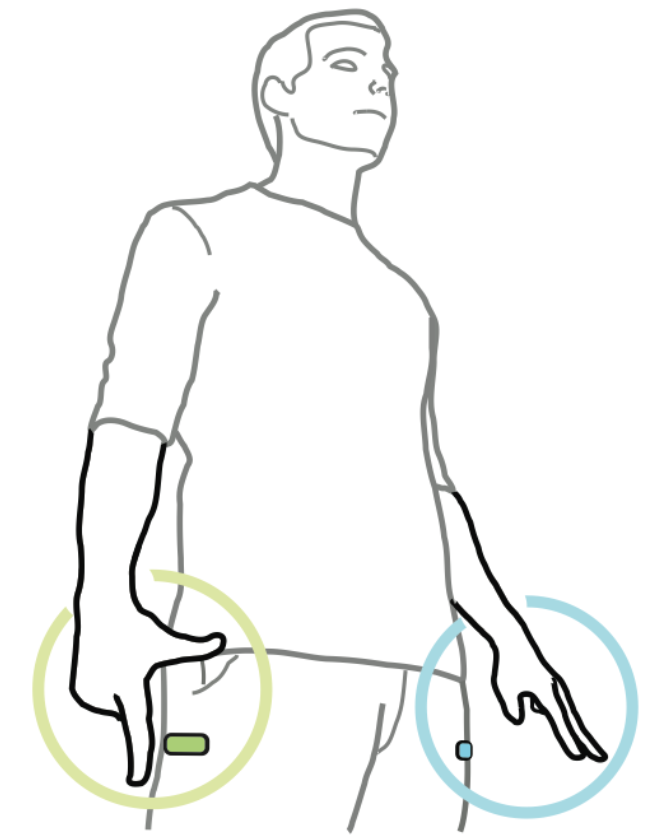
amazon.com/gp/product/069… 5/22
handtracker.mpi-inf.mpg.de/projects/Realt… 6/22

cnet.com/news/microsoft… 7/22
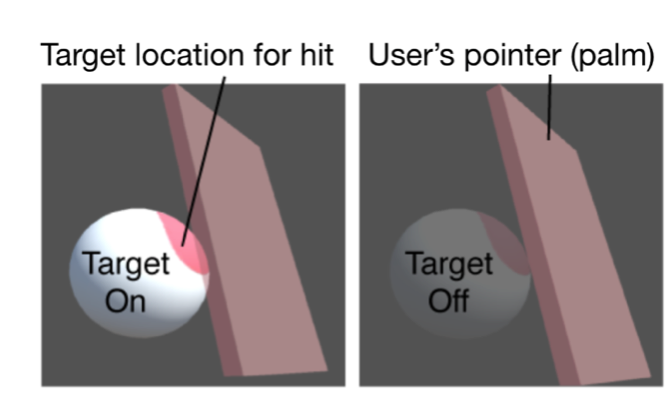
Users will miss real buttons. 9/22
hal.archives-ouvertes.fr/hal-01788775/d… 10/22
science.nasa.gov/science-news/s… 17/22
link.springer.com/article/10.100… 18/22
When the HMD's FOV is narrower than your (real) peripheral vision, you lose visual context. Users need to turn and glance around to orient. 20/22



